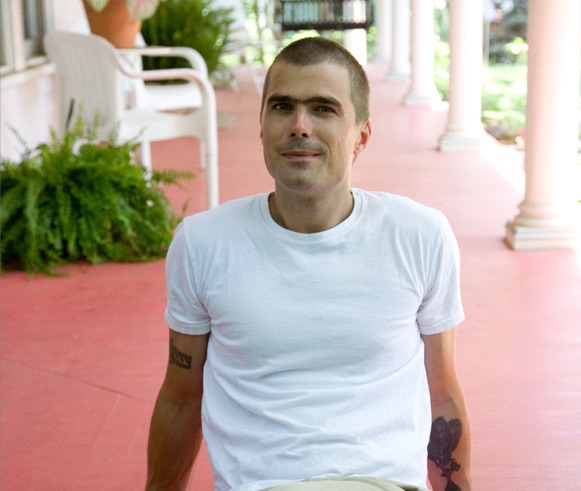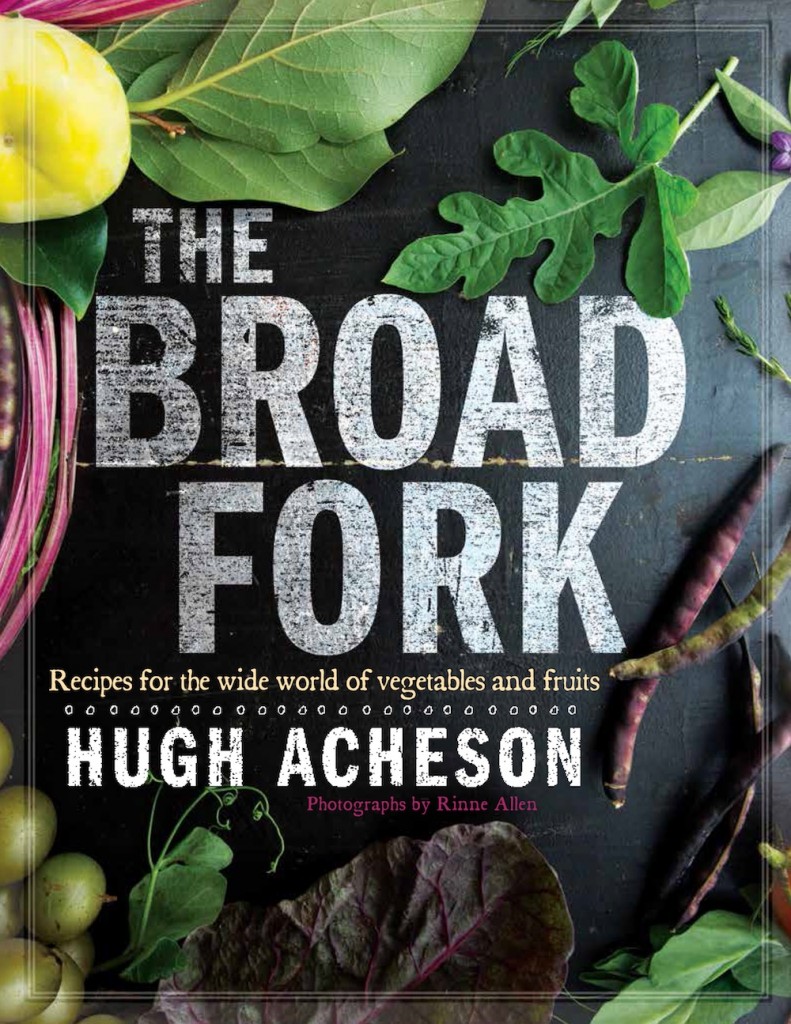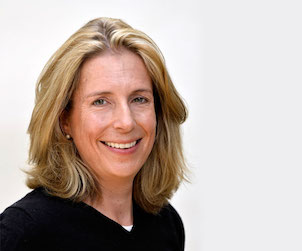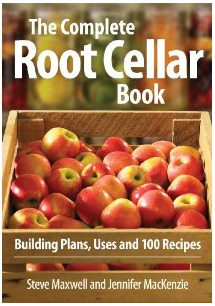
Photo credit: Rhinne Allen.
“What the hell do I do with Kohlrabi?” is how chef, restaurateur, broadcaster and author Hugh Acheson begins his third book The Broad Fork. It was a neighbour challenging him about the contents of a ox from a community supported agriculture service they both subscribed to. The question inspired him to think about homecooking vegetables and led to a cookbook that’s organized by seasons and runs through all manner of vegetables, in ways that are both innovative and traditional, with inspiring and instructional photos by Rhinne Allen, with whom he has colloborated previously on A New Turn on the South, and Pick A Pickle.
The Ottawa native turned James Beard Award winning vanguard of the new southern cuisine joined me recently on the phone from his adopted hometown of Athens, Georgia. We talked about his vegetable centred cookbook, and I began the interview by asking about the question that started everything.
The interview has been edited for clarity and style.

Good Food Revolution: I’m sorry I’m a few months late to discover your latest book, but I am really glad I did discover it. Is the story you tell about your neighbour and the kohlrabi really what happened?
Hugh Acheson: It is, yeah! For a short period I had an open email about what to do with what was in the box of our local C.S.A. But with kohlrabi I was sort of at a loss for words. The guy who asked is an academic who lives my area and one time he just cornered me when I was picking up the box and started asking me questions, as the resident chef in the neighbourhood I had to answer. So, it’s a true story.
GFR: Well, it’s a great story, since any of us who have grown kohlrabi have likely at least once asked what the hell we are supposed to do with it. I hesitate to say that your The Broad Fork is ‘on trend’, because eating vegetables must surely be more than a mere trend. But is it at least fair to say that as food culture in North America grows up a bit and becomes a little more sophisticated that people are generally much more interested in vegetables, and partly because they’re the things that change most with the seasons?
HA: Right. Our foodie culture is interested in recapturing this idea of seasonal eating and going against the crazy pressure of convenience and what the freezer aisle and canned goods section have brought to us, which have not always been very great things. But I think the bigger thing is that North Americans have really learned how to cook vegetables in the past little while; for a long time they just had no idea. It’s classic that everybody hated Brussels sprouts, right? Well, it’s because nobody knew how to cook them, except of a couple fine French chefs who weren’t going to give up their secrets. Everybody cooked them to a gross, mushy consistency. But we’ve got away from that and learned to cook foods well. So, whether it be kohlrabi or cabbage or a number of different things, I think it’s really been a much better of world of vegetable cookery lately.
GFR: So, how much of The Broad Fork is you reaching into your professional repertoire? Or was it more like starting fresh and experimenting?
HA: A fair bit of it was experimenting. All of my books are about how I cook at home more than anything. I have a real want for people to be actually using the book, as opposed to it being a precious artifact from a fine dining perspective, if that makes any sense.
GFR: There’s a point in your introduction where you write that The Broad Fork is not for your coffee table, it’s for your kitchen.
HA: That’s right. As a professional chef I adore books like The French Laundry Cookbook and things like that, but I am not about to instruct you to go hang a grouse in a tree for three months and wait for it to properly dry age. I have a quest in this world to make good food really achievable to a lot of people and vegetable cookery is really basic stuff when we think about it, but nobody knows, really, how to do it well. Luckily it’s becoming more popular.
GFR: Like Brussels sprouts, there are vegetables in The Broad Fork that aren’t super glamorous, like broccoli. I think you make the point that it’s been relegated to the kids’ table, but it can be quite delicious for adults too.
HA: Yes, and now with broccoli we’re talking about using the leaves, and the stems, with cauliflower too. That whole nose to tail cookery has entered into the vegetable sphere, which to me is a really, really refreshing idea.
GFR: And may I add that I really like turnips, so I was also very glad to see you championing them in that root to stalk way. You have three recipes together for the bulb or root stem, the leaf stems, and the leaves or greens.
HA: Look, when grew-up and I went to my grandparent’s house, in Toronto, for roast beef dinner, the turnips weren’t very sought after. They were gross. Or the rutabaga. I’m not sure the world is ever going to embrace rutabagas. They have a pretty poignant taste them, let’s put it that way. But, if those rutabagas were cooked perfectly and the turnips were cooked perfectly, we would all gotten into them a lot more.
GFR: Well put. Is there anything else we should talk about about The Broad Fork?
HA: No, just that right now I’m in Kroger, a big grocery store in Athens. There is an about six foot high display here of kohlrabi. It is just about blowing my mind!
Find out more about Hugh Acheson at hughacheson.com.
 Malcolm Jolley is a founding editor of Good Food Revolution and Executive Director of Good Food Media, the company that publishes it. Follow him on Twitter or Facebook.
Malcolm Jolley is a founding editor of Good Food Revolution and Executive Director of Good Food Media, the company that publishes it. Follow him on Twitter or Facebook.







